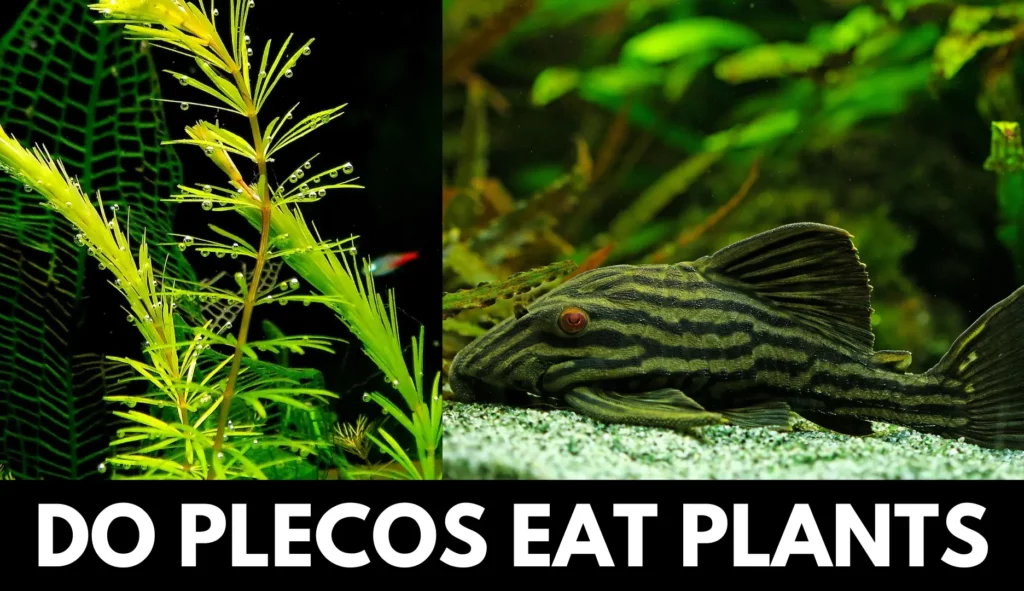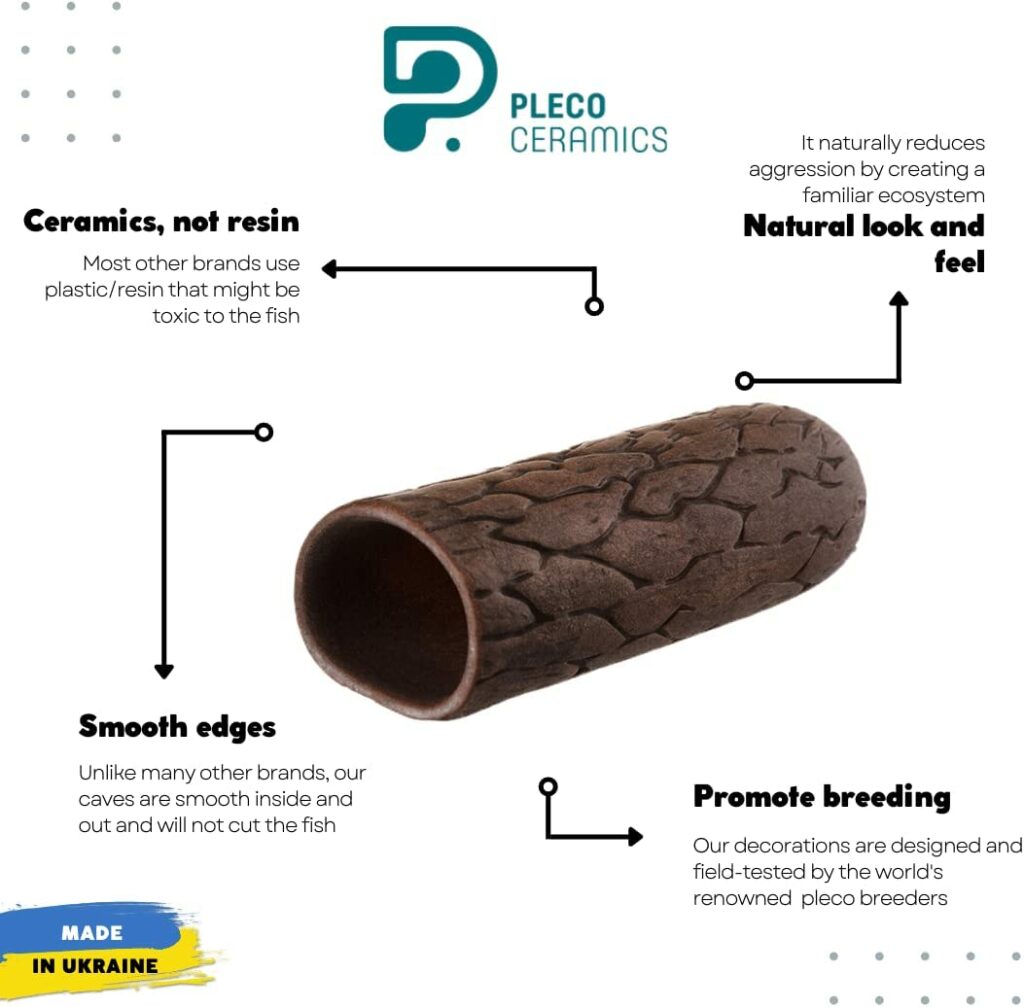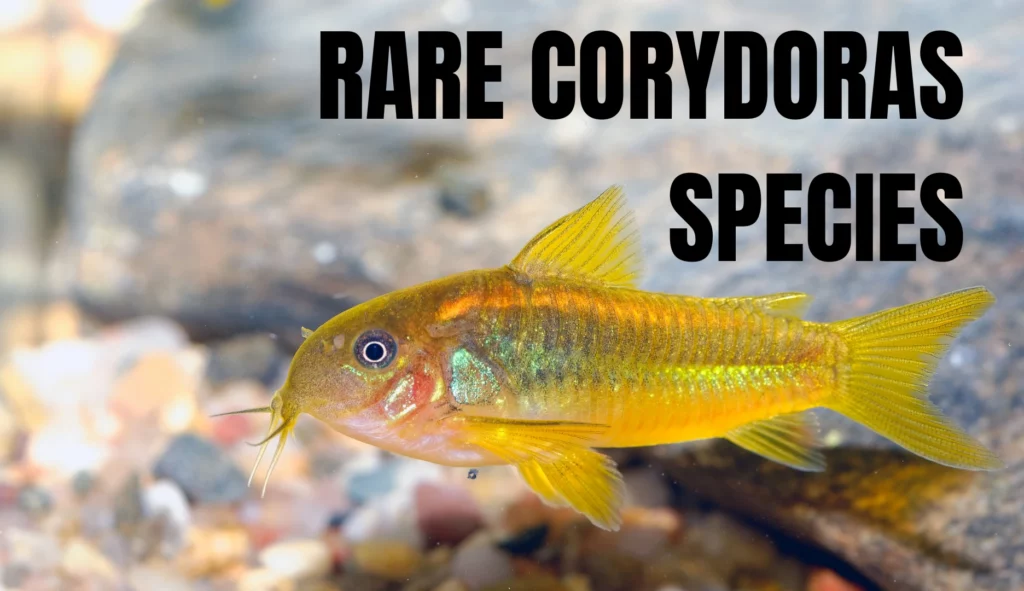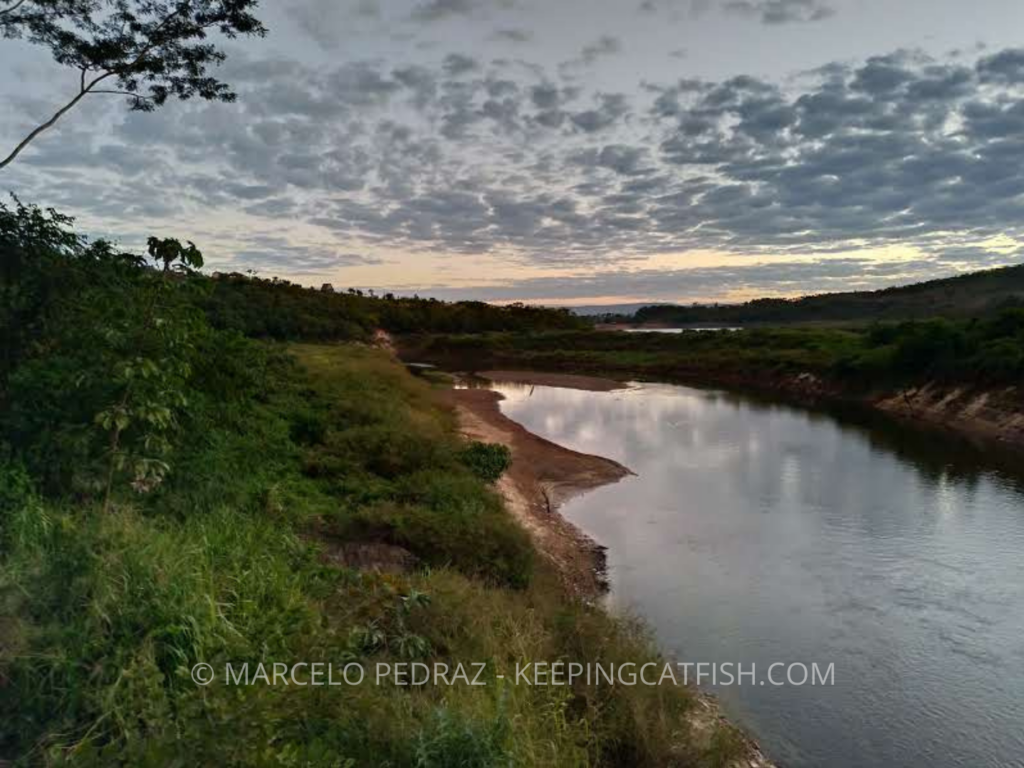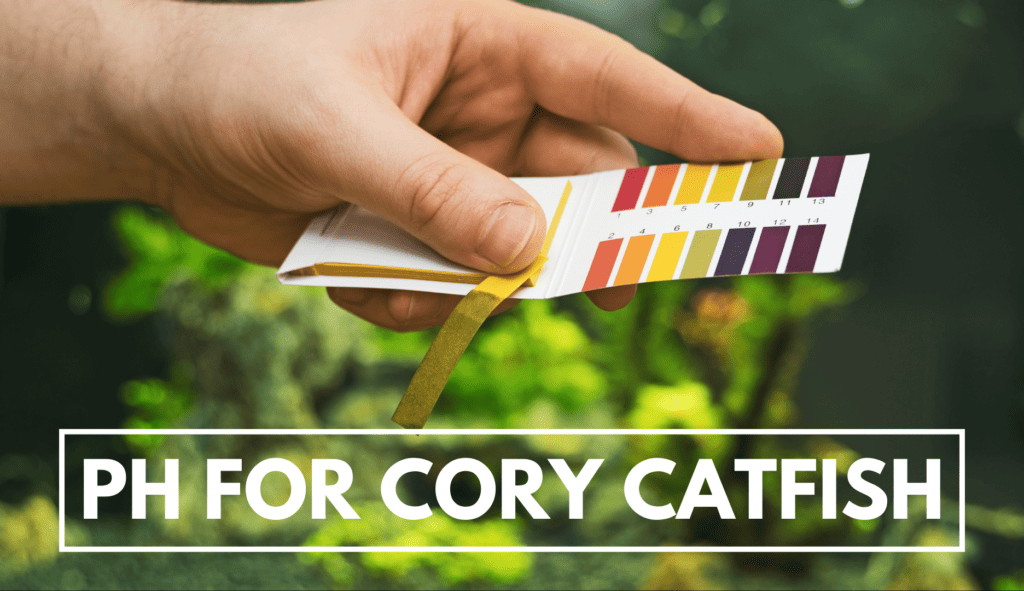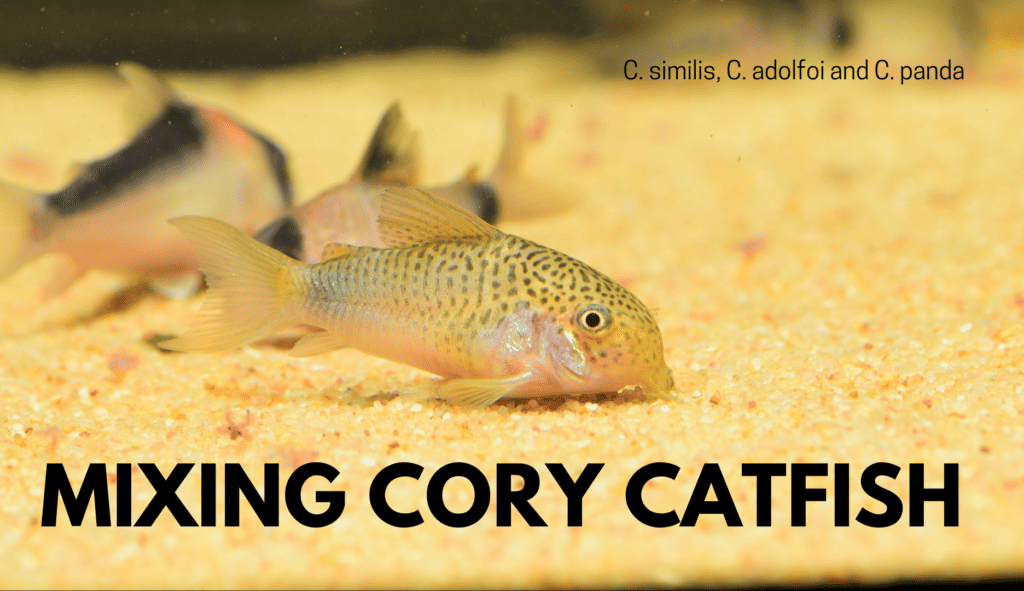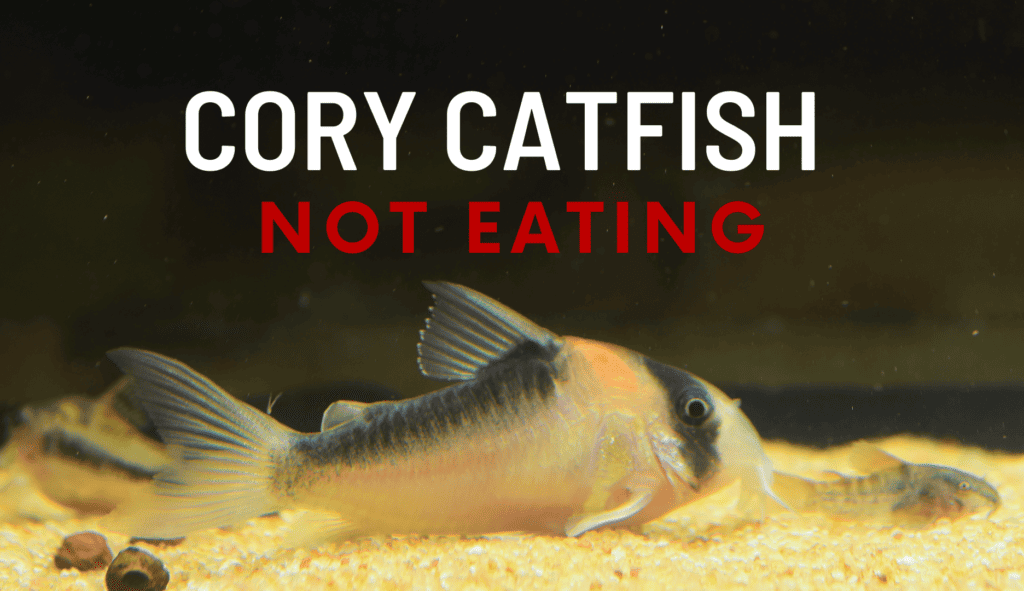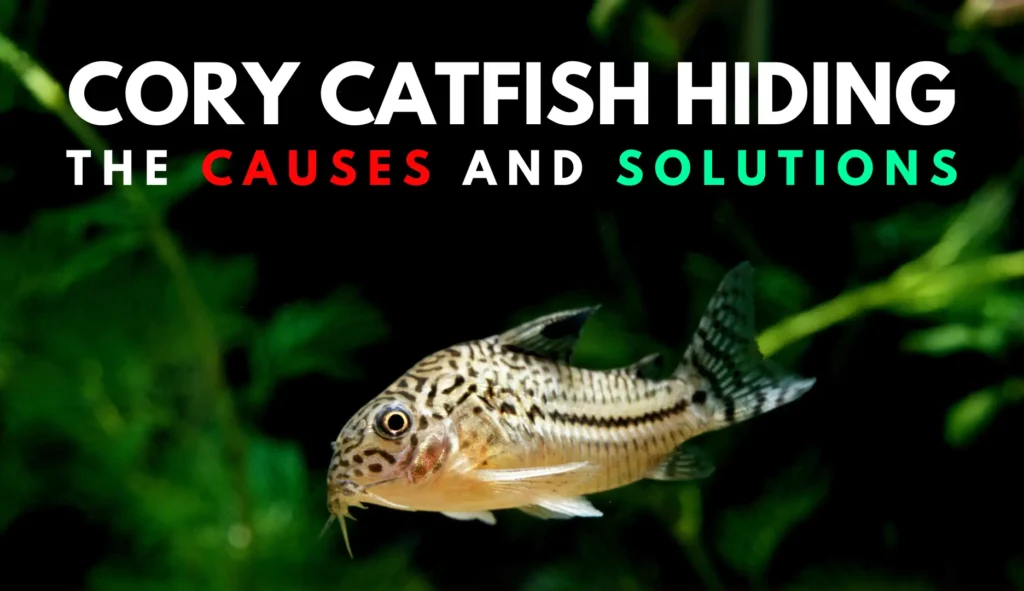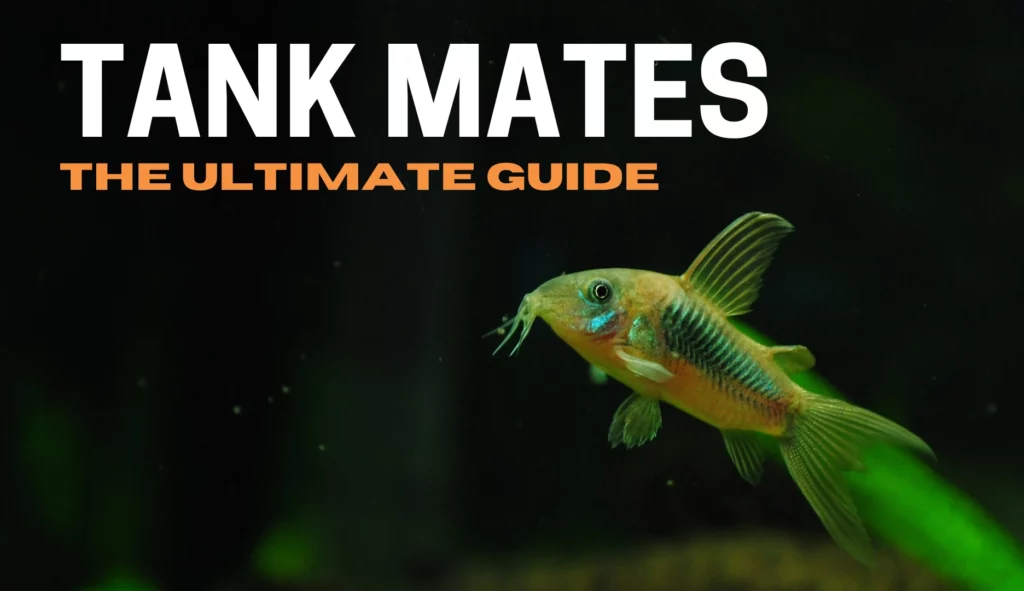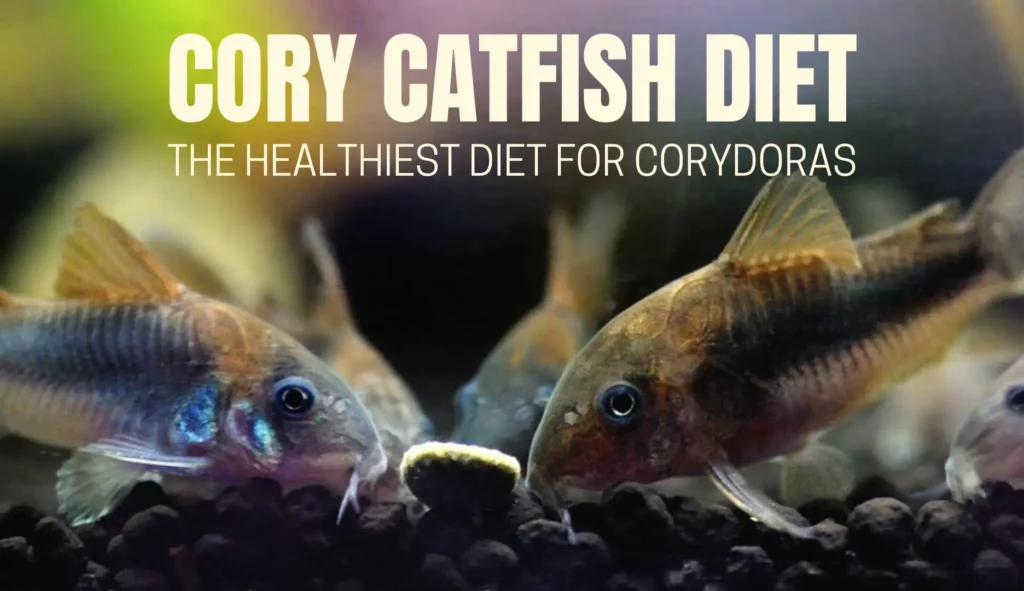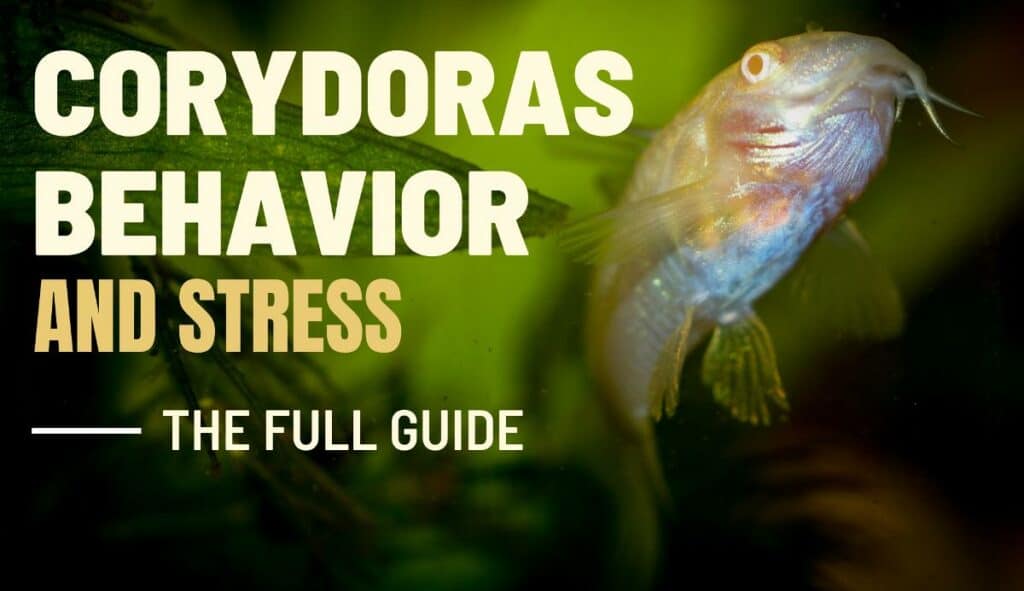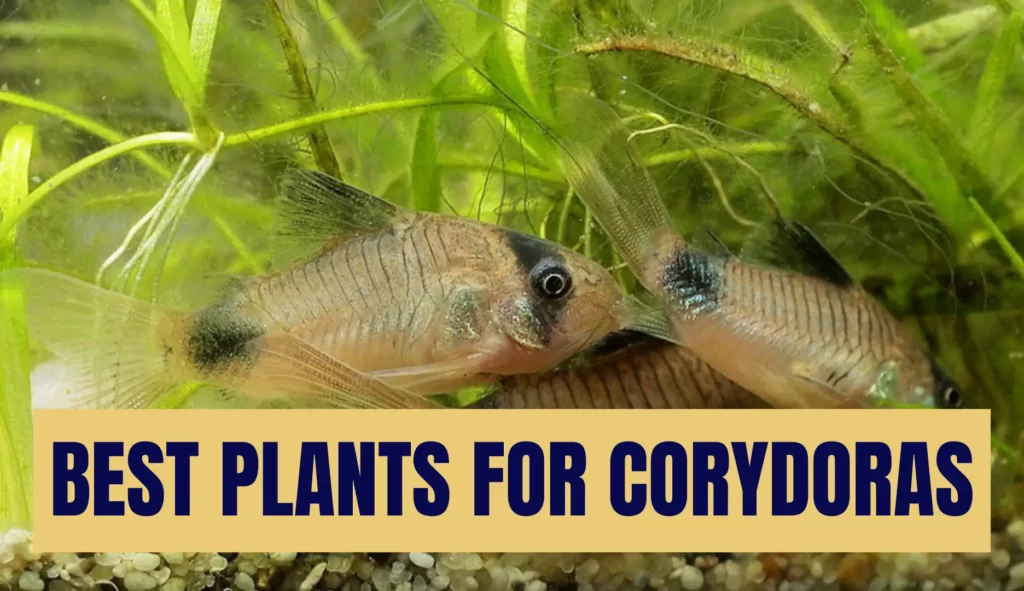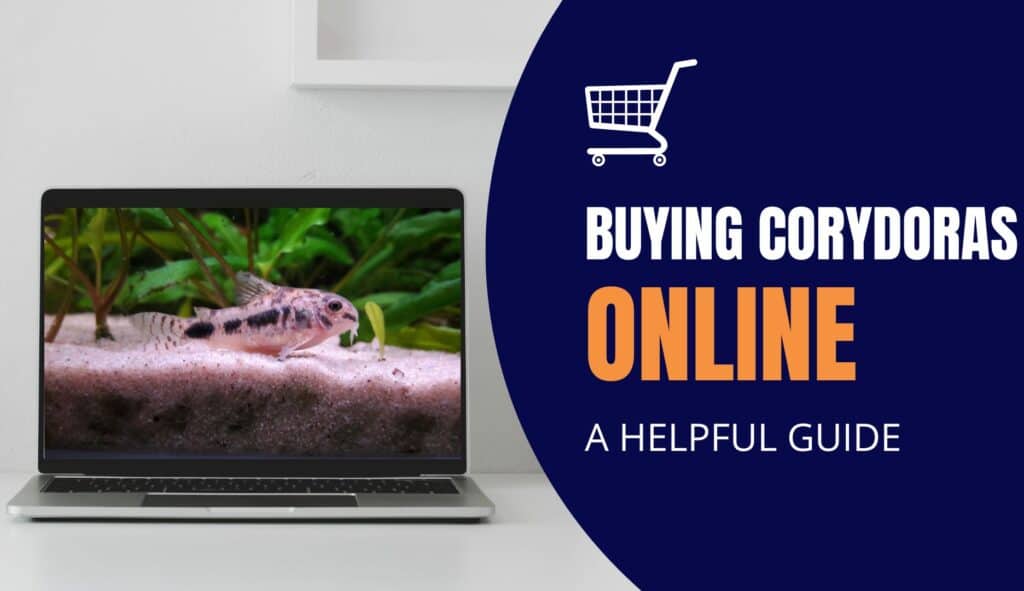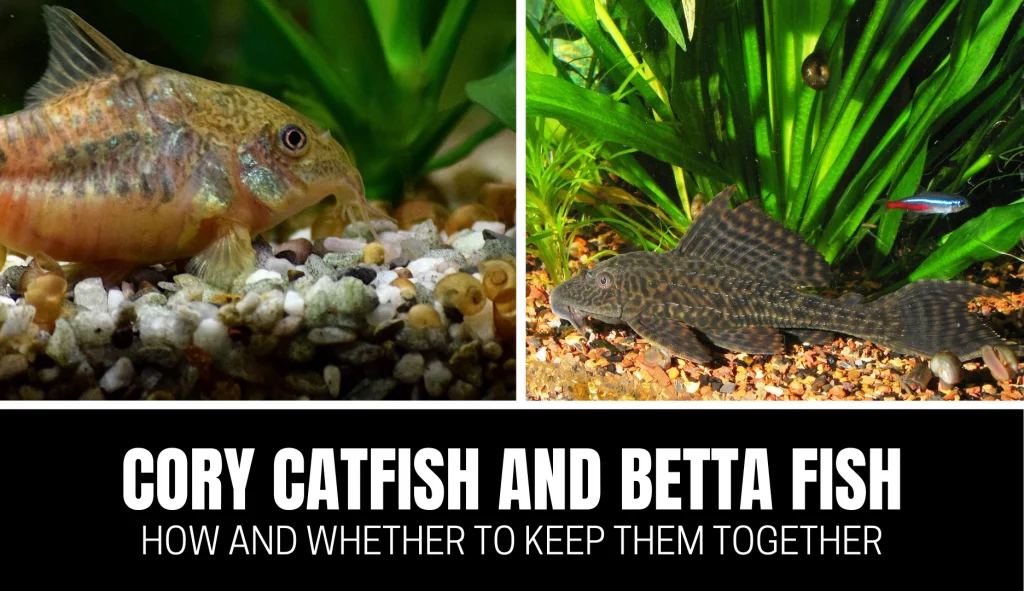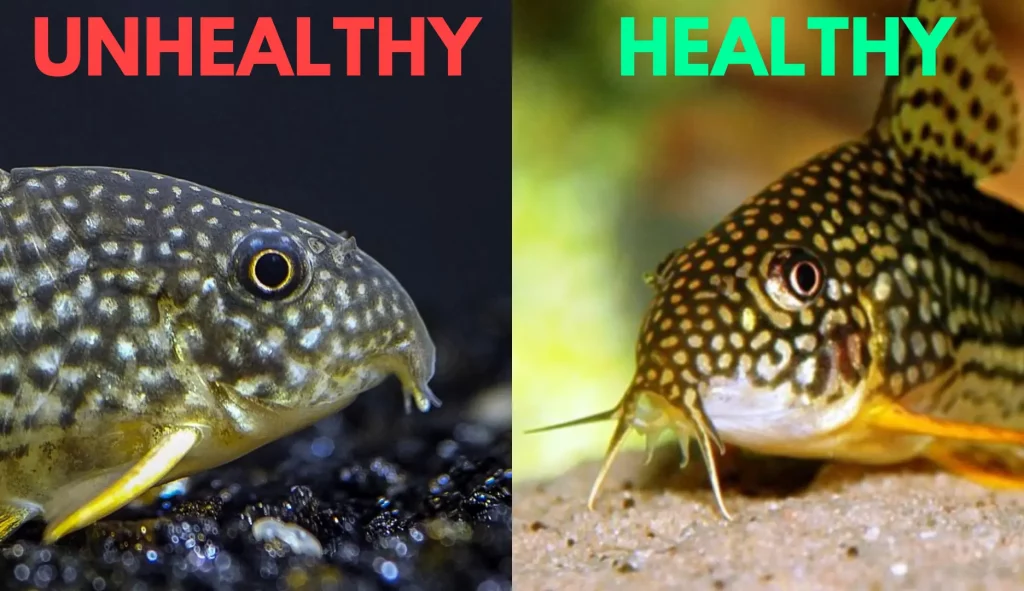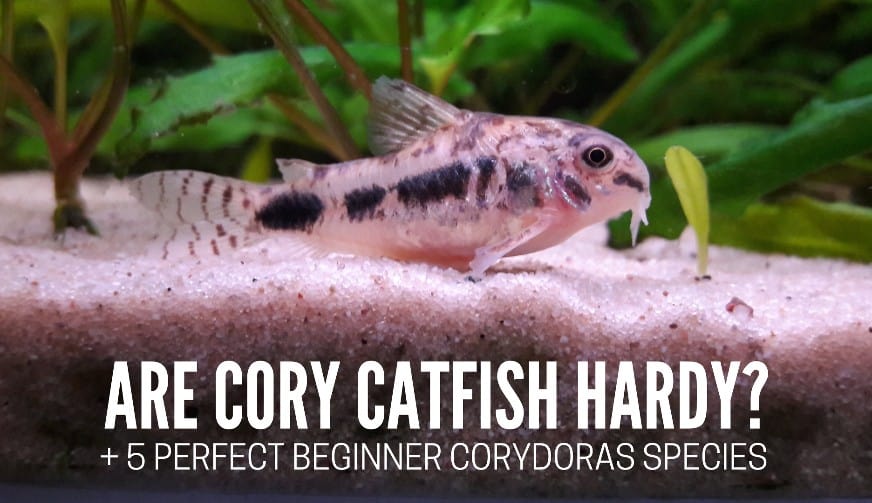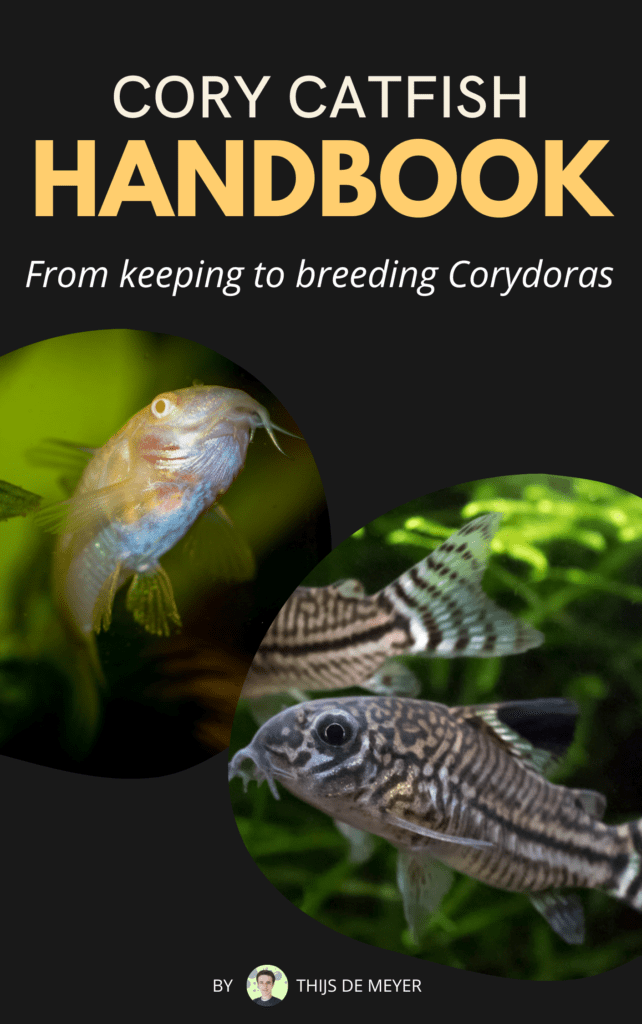Pleco fish are amazing animals and very interesting for aquarists. However, one of the most common questions among plecos owners is do plecos eat plants?
Although it’s not common behavior, certain pleco species do eat plants. Only a select few herbivorous species are known to eat live plants. Some plants are more likely to be eaten, such as hornwort. Feed your pleco enough specialized foods to prevent it from eating plants.
Pleco types that eat plants
The pleco species are popular for their cleaning abilities, feeding on algae and aquatic vegetation to maintain a healthy balance in the tank.
However, not all plecos have a taste for plant-based foods, and some may not show an interest in them at all. It’s crucial to keep in mind that every pleco has its unique dietary habits and preferences, and it’s important to understand and cater to the individual needs and tastes of the fish.
Here are some of the popular pleco types that can eat plants:
- Common plecos
- Royal pleco
- Rubber-lipped pleco
- Bristlenose plecos
In terms of plant-eating behavior, remember that plecos are opportunistic feeders and will consume what is available to them in their environment if they need to.
Also, they will most likely eat the leaves, or some big species might cause damage by digging up the plants.
If plants are abundant in the aquarium, some plecos will likely munch on them. Although this is not necessarily noticeable or problematic if it happens only occasionally.
Bristlenose plecos (Ancistrus sp.)
Ancistrus fish are known for their friendly personality and adaptable nature. These fish are active and love to explore their environment, making them interesting pets to watch.
In addition to feeding on algae and biofilm, Ancistrus fish will also consume insect larvae and other small organisms. This versatility in their diet makes them a popular choice among aquarium hobbyists.
Bristlenose plecos rarely eat live aquarium plants. They might eat soft plants such as hornwort when they are very hungry. To prevent a bristlenose pleco from eating plants, you should feed it a varied diet of plant -and meat-based materials.
Pleco species that never eat plants
Although there are many types of popular pleco species that could eat plants, there are also quite some species that do not eat plants at all.
These plecos are mostly carnivorous and thus eat meat-based foods. This means they also do not eat algae, vegetables and plants.
Here are some pleco types that will never eat plants:
- Zebra pleco
- Queen Arabesque pleco
- Leopard frog pleco
- Sunshine pleco
- Snowball pleco
Plants that can get eaten by plecos
When it comes to feeding plecos, it’s essential to consider their dietary habits and preferences. If your pleco were to eat plants, it would most likely have certain preferences.
Certain species of aquatic plants, such as water weeds (Elodea), hornwort and foxtail, are more appealing to plecos due to their soft and tender leaves.
How to prevent your pleco from eating plants
If you notice your pleco is eating plants, there are a few things you can do to prevent it from doing that.
Providing a balanced diet, choosing the right plants, and regular maintenance and care are all essential to maintaining the health and well-being of your pleco fish and the overall aquarium environment. Doing these things will decrease the chances of your pleco eating plants.
Here are the most efficient measurement you can take to prevent a pleco from eating plants:
1. Providing an adequate diet
The most common problem causing a pleco to eat plants is malnutrition/starvation. Some people wrongly assume plecos can survive on algae or leftovers, which leads to a starving pleco. This pleco will then eat plants out of desperation.
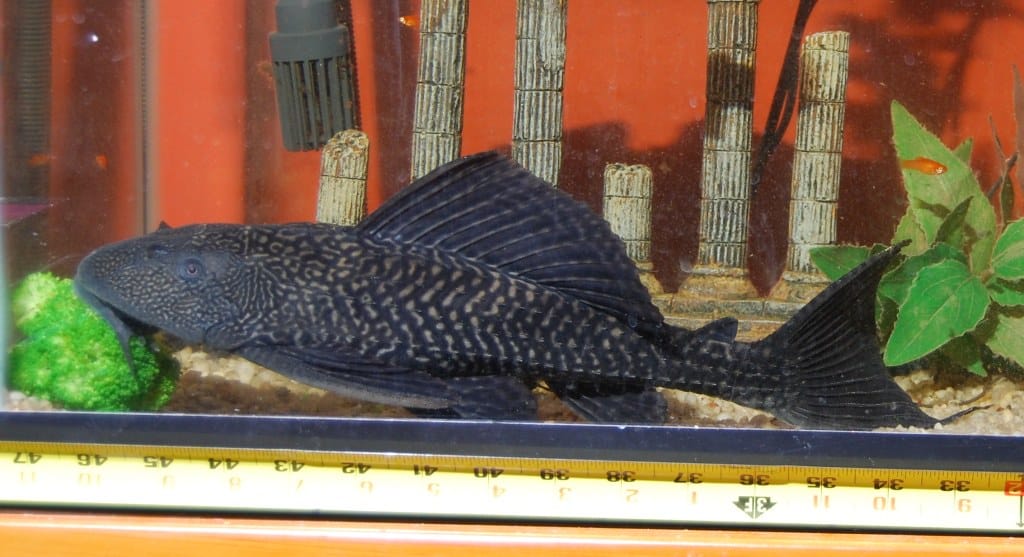
Many plecos are omnivores that require both plant-based and meat-based foods to thrive. This includes bristlenose plecos, common plecos and Panaque plecos.
A well-balanced diet is a critical aspect of ensuring the health and well-being of your pleco fish. Providing a variety of high-quality pet foods is essential to meeting their nutritional needs and avoiding plant consumption.
Live or fresh feedings like worms, brine shrimp, nori seaweed, or vegetables are a great source of protein and vitamins, but high-quality commercial pleco food can also play a crucial role in maintaining your pleco’s health.
Related read: Feeding plecos vegetables (guide)
One of the most important things to keep in mind when feeding pleco fish is to provide the correct amount of food.
Overfeeding can cause stress, which may lead to unwanted behaviors like plant consumption and health problems. A stress-free environment is crucial for keeping your pleco healthy.
If you are looking for some quality foods, my favorite pleco foods are Repashy and Hikari pellets. Check them on Amazon via the links.
2. Pick pleco-resistant plants
For those who prefer the beauty and benefits of live plants, several varieties are known to be resistant to Pleco nibbling. Anubias, Java Fern, and Vallisneria are all popular options that can add a natural touch to your aquarium while standing up to your Pleco’s munching habits.
Floating plants are also a great idea: they offer the same benefits as other plants and they dim the light (great for plecos!). Because they float, your pleco won’t be able to access them.
Overall, plants that have harder leaves will be less likely eaten by plecos. Make sure to look up the types of plants you want to add and see whether they’d be compatible.

3. Setting up the right environment
Good water circulation, proper filtration, and ample swimming space are essential for a healthy aquarium environment in which plecos can thrive. Adding rocks and driftwood can also provide refuge and comfort for your pleco.
Related post: Guide To Setting Up a Pleco Tank
In addition to the aforementioned tips, it’s crucial to regularly check the water quality and parameters of your pleco aquarium.
This includes monitoring pH levels, nitrite, and nitrate levels, and maintaining a healthy balance of minerals and nutrients in the water.
By providing a well-maintained aquarium environment, along with a varied diet, you can reduce the likelihood of your pleco fish-eating plants because it will be less stressed an healthier.
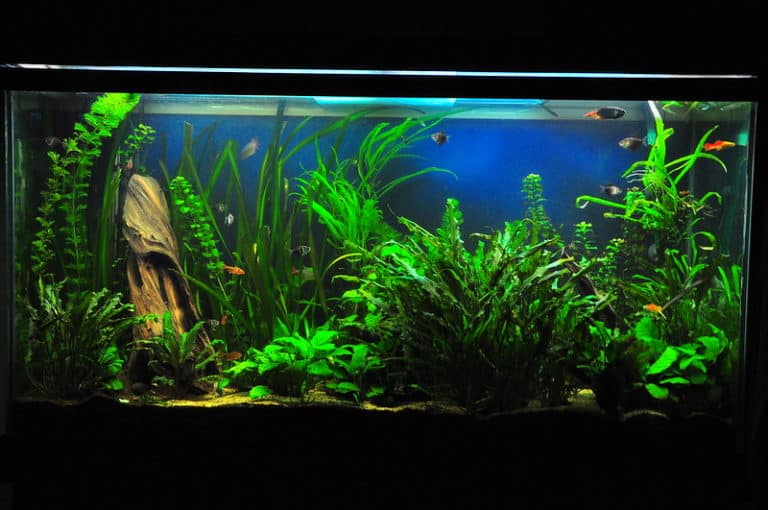
4. Physical barriers
Consider using decorative objects as a physical barrier to prevent your pleco from having easy access to the plants.
Although it isn’t a 100% waterproof (good one ;)) solution, planting your plants in flower pots (ceramic) can help to prevent root damage. The pleco will also have a harder time accessing it.
5. Planting method
When adding new plants to the aquarium, it’s important to plant them deep into the substrate.
Having a layer of at least 2 inches of substrate helps the plants to attach itself and your pleco will have a hard time digging out the roots, as well as accessing the leaves.
Use gravel, not sand
Sand is very easy to dig into for plecos. Consider using bigger gravel so that your plant’s roots can dig better into the substrate, and your pleco has a hard time digging into it.
This will create healthier plants that are less likely to get eaten by plecos.
6. Monitoring eaten plants
Regularly monitor your pleco’s behavior and remove any plants that are being consumed.
If you notice that your pleco is eating plants frequently, consider adding other food sources or switching to hardier, hard-leaf plants like Anubias and Microsorum.
7. Plant care
Lastly, consider adding plant fertilizer or certain lighting if you notice your plants aren’t growing well.
A healthy strong plant will not only be able to better resist a ‘pleco-attack,’d but it will also grow back faster and result in a healthier tank overall.
Alternatives for live plants
Biotope setup without plants
I am a big proponent of putting plants in an aquarium, they improve the water quality and make for great natural hiding places.
However, plecos are a fish species that don’t really require them. If you have a balanced tank with a good filter, plants can be left out for plecos.
Plecos, or Loricariidae, originate from streams and rivers in the Amazon. The only form of hiding is often stones, leaves, or wood, and plants are rarely seen in a lot of these habitats.
If you want to recreate the wild habitat of a pleco, you don’t need plants, and you can go for a setup with a ton of rocks, pleco caves, and wood.
Pleco caves are designed to be a hiding place and breeding place for plecos. In every pleco tank, I make sure to put some as they’re extremely beneficial.
I recommend Pleco Ceramics, a pleco breeding facility with the highest quality caves.
Check on Amazon.
Artificial plants
For those who want the look of live plants but don’t have the time or desire to care for them, artificial plants are a fantastic option. Made from durable, fish-resistant materials such as silicone and polyester, these replicas will never wilt, wither, or be nibbled away by your Pleco.
They’re also low-maintenance, requiring just an occasional rinse to keep them looking their best. With a wide range of styles, colors, and shapes available, you can easily find the perfect artificial plants to complement your aquarium’s design.
Do plecos eat dead plants?
While Plecos may occasionally consume dead plants, but it is not a significant part of their diet and should not be relied upon as a food source.
Dead plants in an aquarium can pose a significant threat to the health of the fish. The decomposing of dead plant matter can increase the level of ammonia and other harmful substances in the water, which can be toxic to fish.
To avoid this, it is crucial to remove any dead plants from the aquarium as soon as possible to maintain a healthy and safe environment for the fish.
Conclusion
Although some plecos might eat plants, it’s not common behavior and it shouldn’t be a reason not to buy a pleco.
Certain pleco species (herbivorous & omnivorous types) like common plecos are more likely to eat live plants, while carnivorous plecos will never eat plants. This includes zebra plecos, queen arabesque plecos and leopard frog plecos.
Plecos will only eat soft plants like hornwort and water weeds, and will not touch hard plants like Anubias and Java fern.
If you notice your pleco is eating plants, it is most likely due to starvation. Feed your pleco a varied diet with vegetables and pellets to stop it. My favorite foods are Repashy and Hikari.

